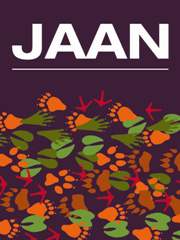No CrossRef data available.
Article contents
Validation of an Analytical Method for the Determination of the Activity of Xylanase in Animal Feed Additives and in Animal Feedingstuffs
Published online by Cambridge University Press: 27 March 2015
Summary
Exogenous carbohydrases are commonly added to monogastric feed to help degrade non-starch polysaccharides (NSP). This action can increase the nutrient availability of feedingstuffs and decrease digestive disturbances, thus improving animal performance. This in turn can lead to improved feed conversion efficiency in meat and egg production. In light of the benefits associated with dietary xylanase inclusion, so too has it become increasingly relevant to quantity them in poultry feed premixtures with additional enzyme activities and directly in compound feed. Hitherto, the analysis of the activity of xylanase in animal feeds has proved difficult. Despite the widespread acceptance of the DNS method for the quantification of xylanase activity, it is not without limitations which can lead to erroneous under- or over-estimation of activity, and is particularly variable depending on the feed matrix wherein it is measured. The current method validation examined the following parameters: linearity, precision, uncertainty, sensitivity (limit of detection and limit of quantification) and the experiments were designed to highlight any interference from protease co-ingredients and possible matrix effects in various types of supplemented feed. The assay method described is convenient and inexpensive and could be applied to the rapid and routine analysis of xylanases in animal feeds during quality control and in investigating fraudulent adulteration of feed to ensure the authenticity and traceability of the product.
- Type
- Original Research
- Information
- Copyright
- Copyright © Cambridge University Press and Journal of Applied Animal Nutrition Ltd. 2015


